
United Launch Alliance fired off its first operational Vulcan rocket Tuesday, boosting two military satellites into space in the first U.S. Space Force-sanctioned flight of a new launcher that eventually will replace the company's Atlas 5 and already-retired Deltas.
Equipped with four solid-fuel strap-on boosters for additional takeoff power, the 198-foot-tall Vulcan's two methane-fueled BE-4 engines thundered to life at 8:56 p.m. EDT, instantly propelling the rocket away from pad 41 at the Cape Canaveral Space Force Station.
Arcing over the Atlantic Ocean on an easterly trajectory, the Vulcan put on a spectacular sky-lighting show as it roared aloft atop nearly 3 million pounds of thrust and a jet of brilliant exhaust visible for miles around.
The four strap-on boosters were jettisoned about 90 seconds after liftoff, followed three-and-a-half minutes later by burnout and separation of the Vulcan's 109-foot-tall first stage.
The Centaur second stage's two hydrogen-fueled Aerojet Rocketdyne RL10C engines ignited and took over from there, but in keeping with standard policy for military missions, ULA ended its launch commentary at that point and the rest of the flight was carried out in secrecy.
At least two satellites were believed to be on board: one fully classified spacecraft and an experimental satellite that will carry out tests of upgraded atomic clocks and navigation technology that could lead to more accurate, jam-proof Global Positioning System-type data for military and commercial users.
Both satellites were bound for geosynchronous orbit 22,300 miles above the equator, where spacecraft take 24 hours to complete one orbit, thus appearing stationary in the sky.
GPS satellites operate in 12,500-mile-high orbits, but Navigation Technology Satellite 3, or NTS-3, will operate from its much higher perch using an advanced phased array antenna that can electronically direct signals to receivers in multiple locations across broad regions.
It is the Pentagon's first experimental navigation satellite since GPS precursors were launched in the 1970s. Along with the NTS-3 satellite, designed and built by L3Harris Technologies, the program includes a ground-based control system and receivers linked by software that enable rapid reprogramming as needed for upgrades or to utilize different signals.
"GPS is such an integral part of our lives today," said Joanna Hinks, a senior aerospace engineer with the Air Force Research Laboratory at Kirtland Air Force Base in New Mexico. "You probably all use it in ways that you didn't even realize throughout your morning.
"And with NTS-3, we are going to be experimenting with a number of different technologies that look at how we can continue to evolve and augment GPS to make sure that it remains the gold standard that our warfighters need."
While the major goal of the flight is launching the USSF-106 payloads, the launch marked a major milestone for United Launch Alliance.
It was the third launch of the powerful new Vulcan after two test flights last year and the first to be "certified" by the Space Force to carry costly national security spy satellites and other expensive military spacecraft.
"This mission is headed directly to geosynchronous orbit and will be one of our longest missions to date," said Gary Wentz, ULA vice president of government and commercial programs. "This is the sole purpose of this vehicle. It was purposely designed to support these missions doing direct inject to geo for the Space Force."
The Vulcan is replacing ULA's already-retired Delta family of rockets and the venerable Atlas 5, which is powered by a Russian-built RD-180 first stage engine. Criticism of ULA's use of Russian engines for launches of American military satellites and NASA spacecraft helped fuel congressional pressure for a new all-American launcher.
Thirteen Atlas 5's are left in ULA's inventory, all of them slated for civilian launches as ULA, a partnership of Boeing and Lockheed Martin, transitions to an all-Vulcan fleet.
In the meantime, SpaceX dominates the world launch market with its partially reusable and highly successful kerosene-fueled Falcon 9 and triple-core Falcon Heavy rockets. So far this year, SpaceX has launched 97 Falcon 9s.
But ULA President and CEO Tory Bruno said the Vulcan's first stage, using high-performance BE-4 engines provided by Blue Origin — owned by Amazon founder Jeff Bezos — and its high-power Centaur upper stage make the rocket particularly well suited for launching heavy military payloads into hard-to-reach orbits.
"It is specifically designed for these exotic orbits that are primarily for the government," he said. "And this particular mission is the quintessential example. It is a direct injection to geosynchronous orbit. That means that it is a very, very long-duration mission."
He said the first stage is, in effect, delivering the Centaur to space with a full load of propellant "to go from LEO (low-Earth orbit) to somewhere else, like all the way to the geo belt, which is 20 times higher up. And what that translates to in capability (is) certainly more mass and more accuracy than is easily done by others."
While he didn't mention SpaceX or its Falcon Heavy by name, or ULA's retired Delta 4 Heavy, Bruno said "if you're a typical three-core heavy launch vehicle and ... really derived from a vehicle optimized for that LEO mission, you're going to have to have three cores to get out there, and you're going to have to expend all of them.
"And here's the really complicated rocket science. You know, one core is cheaper and more efficient than three expendable cores. It's literally that simple."
That, coupled with the high-energy Centaur upper stage, gives ULA the capability to launch heavy payloads directly to high orbits without requiring satellites to use their own thrusters — and limited propellant — in transit.
ULA is expanding its ground infrastructure and expects to launch nine flights in 2025, reaching a cadence of two per month by the end of the year. The company expects to launch between 20 and 25 flights in 2026.

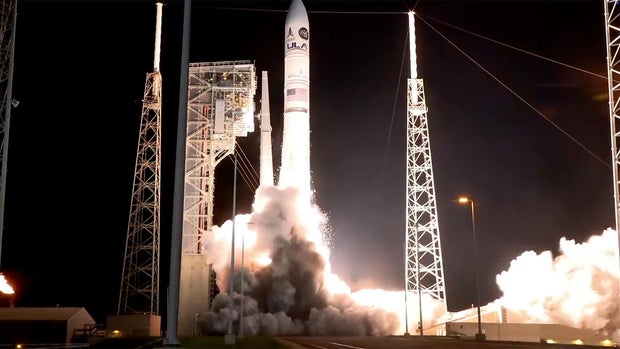
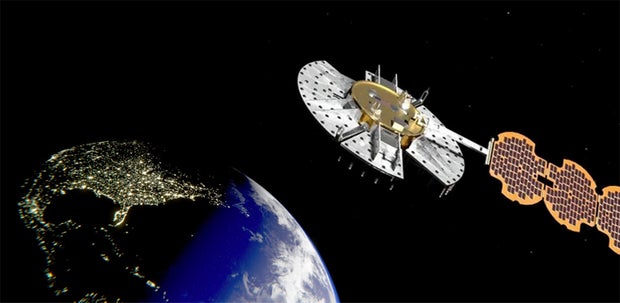
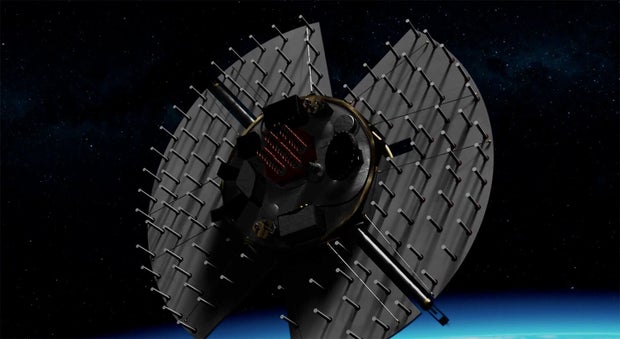
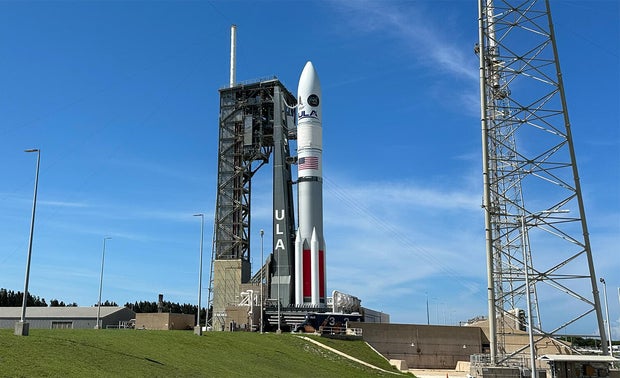






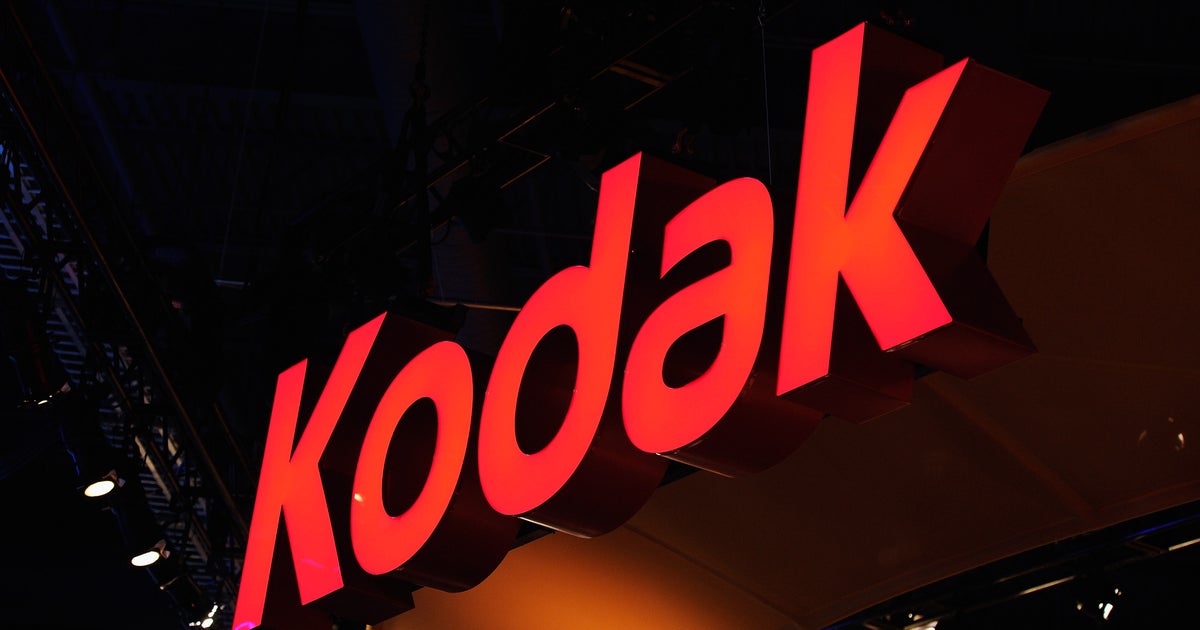


-3.png)



